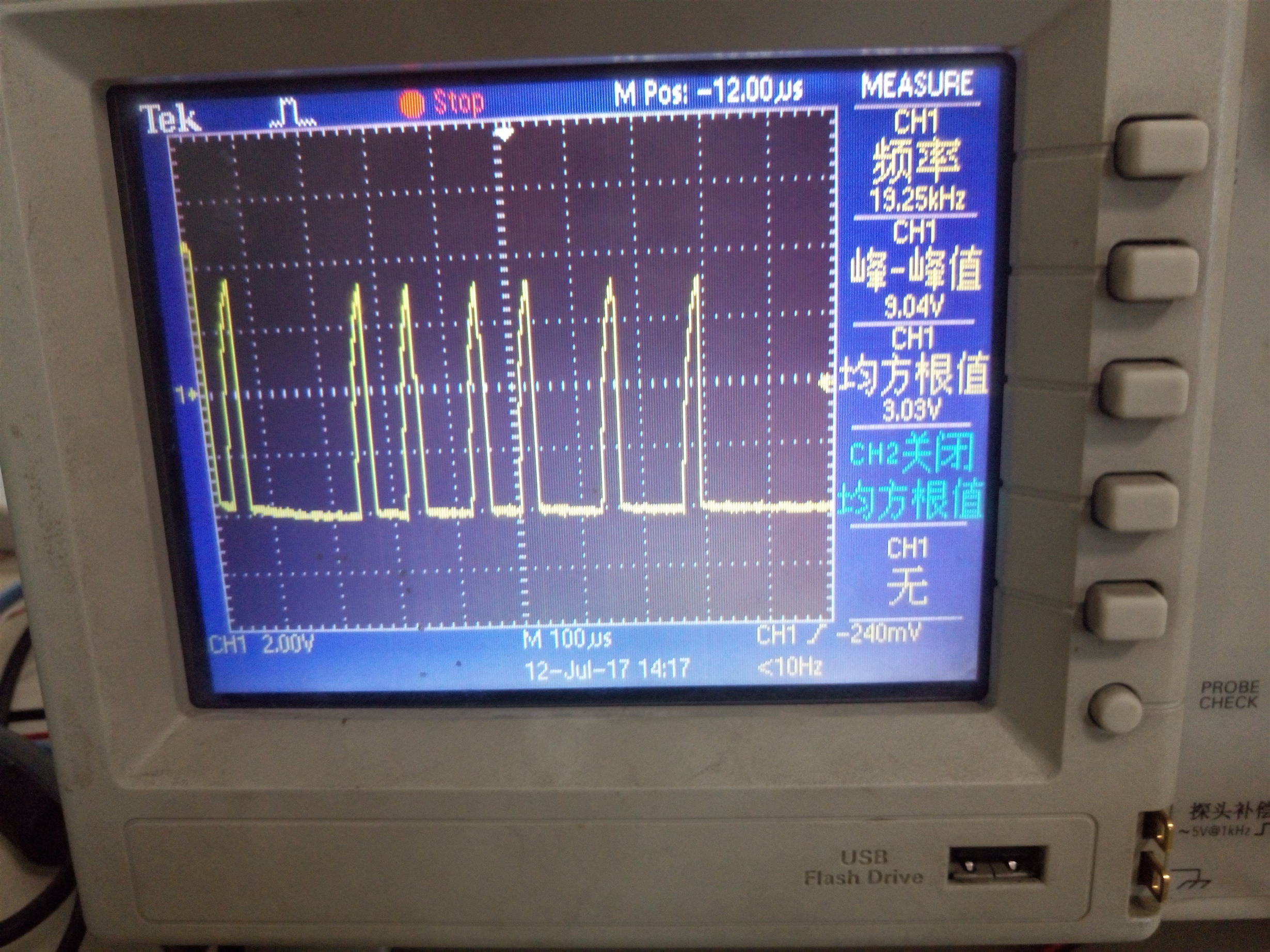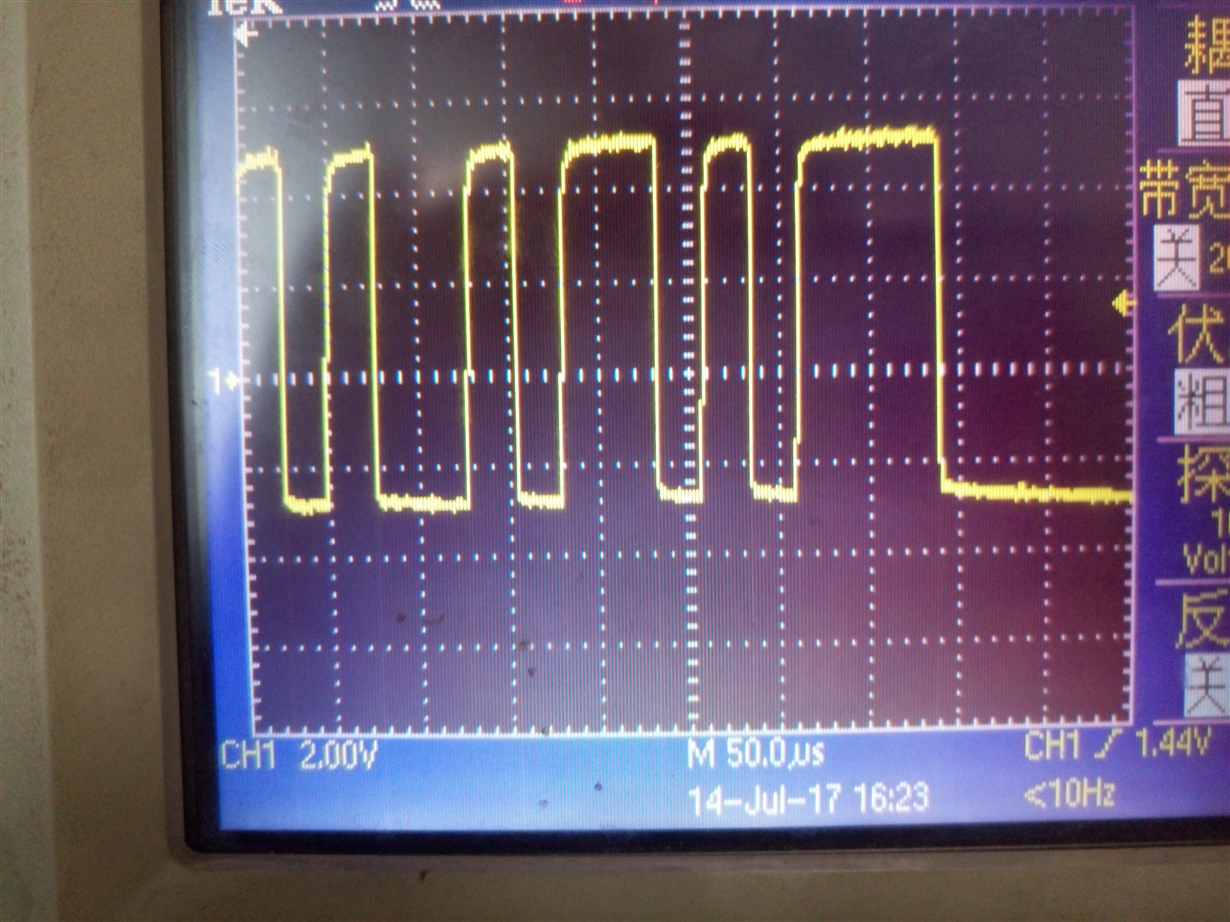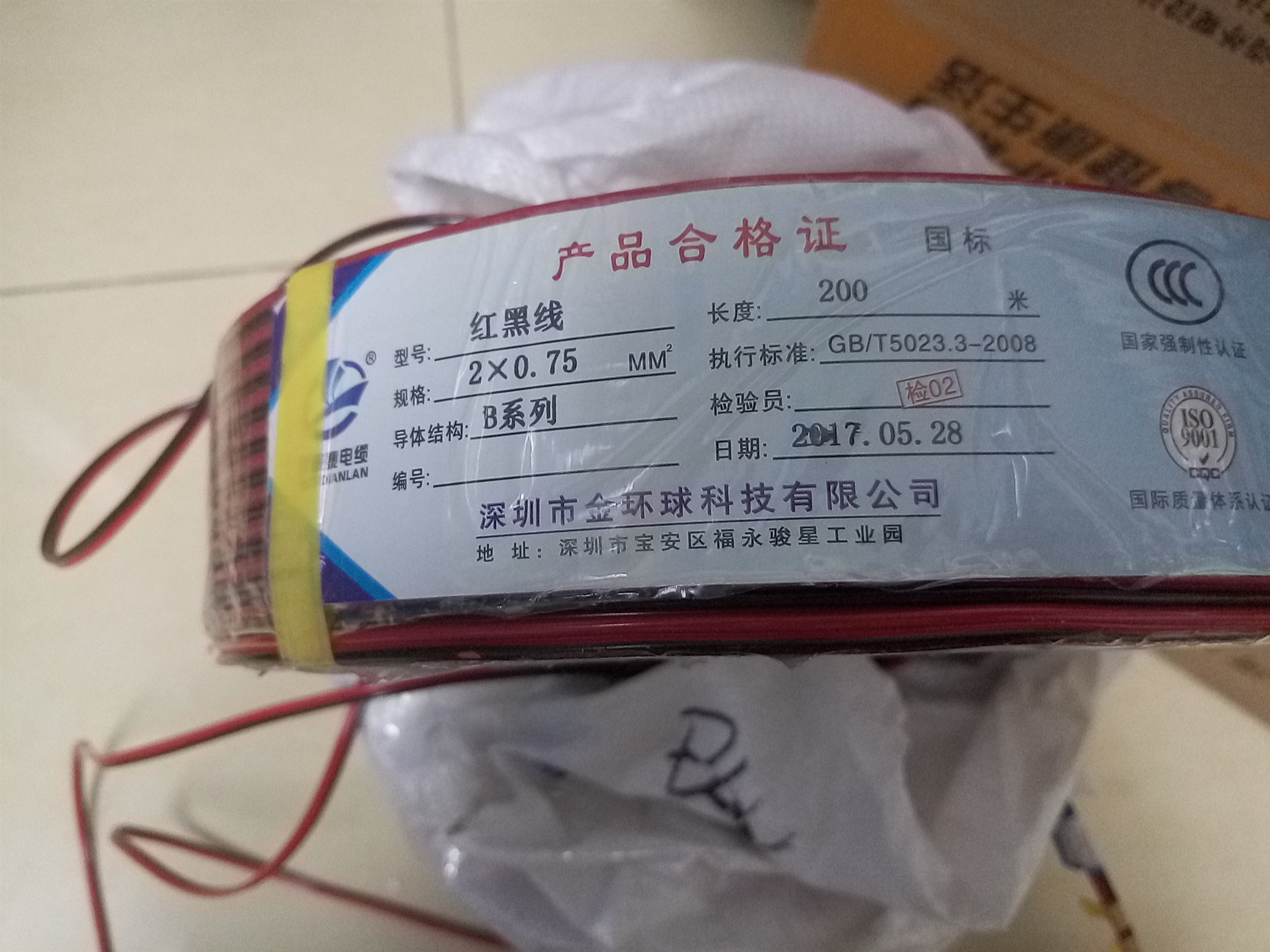
 my schematic is above ,on board , pin D continually send data ,now i measure the differential output of SN65HVD3082 has a ramp ,please help me
my schematic is above ,on board , pin D continually send data ,now i measure the differential output of SN65HVD3082 has a ramp ,please help me
-
Ask a related question
What is a related question?A related question is a question created from another question. When the related question is created, it will be automatically linked to the original question.




